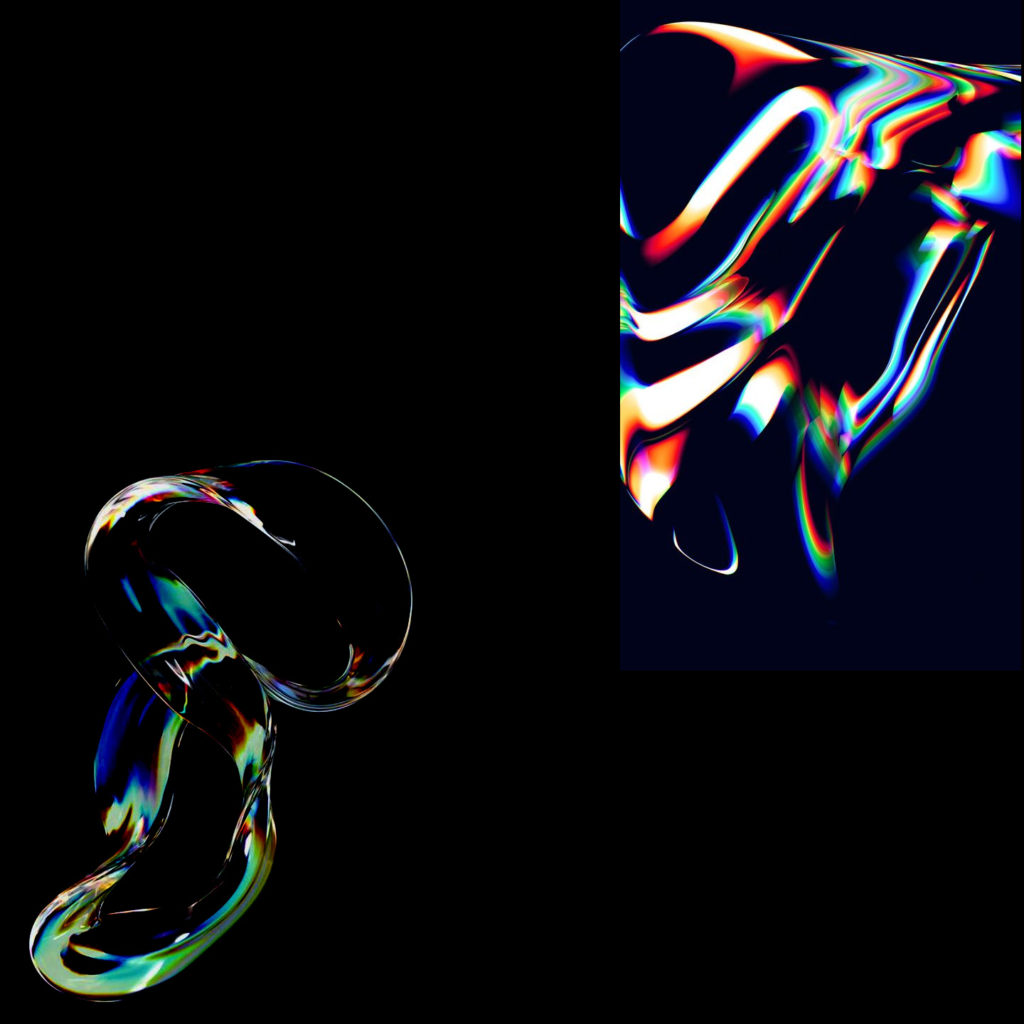Brand Archaeology Worksheet

This worksheet is designed to help you uncover the emotional core of your brand by digging through its layers: the Surface Story, Real Story, Deep Story, and Brand Story. Use this framework to craft a brand identity that resonates deeply with your audience, just like embedding a founder’s grandmother’s handwriting in a company’s typography moved a tough Silicon Valley executive to tears.
Instructions
Answer each section thoughtfully. The goal is to move beyond surface-level branding (logos, taglines) to uncover the human truth that defines your company. Be honest and reflective—this is emotional archaeology.

1. Surface Story
What you say you do. This is the public-facing explanation of your business—the elevator pitch or mission statement.
Prompt: In 1-2 sentences, describe what your company does or offers to the world. Focus on the “what” and “how.”
Example: “We provide cutting-edge software solutions to streamline business operations.”
Your Answer:
2. Real Story
Why you actually started. This is the motivation behind founding the company, often tied to a problem you wanted to solve or a personal passion.
Prompt: Why did you or your founders start this company? What problem, frustration, or opportunity drove you to take action?
Example: “We started the company because we saw small businesses struggling with inefficient tools and wanted to empower them with better technology.”
Your Answer:
3. Deep Story
The childhood memory that drives you. This is the emotional root of your brand—a personal experience, value, or memory (often from childhood) that shapes your philosophy or mission.
Prompt: Think about a formative memory or lesson from your past (or the founder’s past). What early experience, person, or belief shaped the values that guide your company today?
Example: “Our founder’s grandmother taught her that ‘business is just people helping people,’ a philosophy that became the heart of our customer-first approach.”
Your Answer:
4. Brand Story
How you make strangers feel the deep story. This is how you translate the deep story into a brand identity that connects emotionally with your audience.
Prompt: How can you weave your deep story into your brand’s visuals, messaging, or customer experience to make your audience feel the same truth that drives you? Think about symbols, tone, or specific actions.
Example: “We embedded subtle elements of our founder’s grandmother’s handwriting into our typography to evoke warmth and human connection, reinforcing our belief that business is about helping people.”
Your Answer:
Next Steps
Review: Look at your answers. Do they align? Does the Brand Story reflect the Deep Story in a way that feels authentic and compelling?
Refine: Use these insights to guide your branding decisions—logo design, website copy, customer interactions, etc.
Test: Share your Brand Story with a small group of trusted customers or colleagues. Do they feel the emotional connection?
Implement: Incorporate your Brand Story into your marketing materials and customer touchpoints.
Final Note
Great brands don’t just sell products—they tell stories that make people feel seen and understood. By uncovering your Surface, Real, Deep, and Brand Stories, you’ve started the journey to building a brand that resonates on a human level.
Want to discuss your answers or need help refining your brand story? DM me, and I’ll provide personalized feedback.
